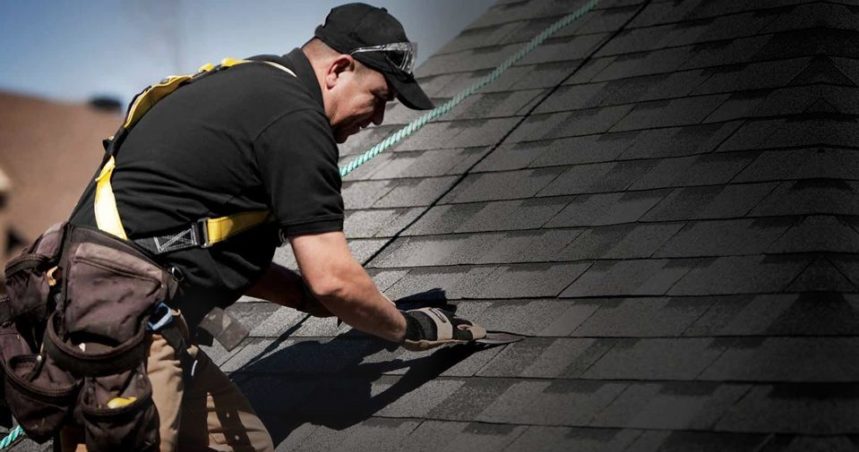Introduction
When it comes to commercial buildings, flat roofing systems have become a go-to choice for many property owners. Their cost-effectiveness, versatility, and practicality make them an appealing option. As a roofer with extensive experience in commercial roofing, I’m here to shed light on the ins and outs of flat roofing systems. In this article, we will delve into the key features, benefits, and considerations that every property owner should know when it comes to flat roofs.
Key Features of Flat Roofing Systems
Flat roofing systems, or low-slope roofs, possess distinct characteristics that set them apart from traditional pitched roofs. They feature a minimal pitch, typically ranging from ¼ inch to 2 inches per foot. These roofs consist of multiple layers, including a weatherproofing membrane, insulation, and a protective surface. Common materials used for flat roofs include modified bitumen, thermoplastic olefin (TPO), and ethylene propylene diene terpolymer (EPDM) rubber.
Benefits of Flat Roofing Systems
a. Cost-Effectiveness: As a property owner, you’ll appreciate the cost-effectiveness of flat roofs. Their simpler construction and installation process translate to reduced labor and material expenses, making them an economical choice for commercial buildings.
b. Versatility: Flat roofs offer incredible versatility in terms of design and functionality. They provide ample space for installing rooftop equipment like HVAC units, solar panels, or even green roof systems. This added space allows you to maximize the potential of your building while maintaining an aesthetically pleasing appearance.
c. Accessibility: With flat roofs, accessibility becomes a breeze. During maintenance, inspections, and repairs, contractors can navigate the flat surface with ease, ensuring efficient servicing and reducing safety risks.
d. Energy Efficiency: Energy efficiency is a growing concern for commercial property owners. Flat roofs can be designed with energy efficiency in mind. By applying reflective coatings or white membranes, you can reduce heat absorption and lower cooling costs. Additionally, quality insulation materials enhance thermal performance, making your building more energy-efficient.
Considerations for Flat Roofing Systems
a. Drainage: Proper drainage is paramount for flat roofs. Without adequate slope and effective gutter systems, water ponding can occur, leading to potential leaks and damage. Regular maintenance and ensuring unobstructed water runoff are essential for keeping your flat roof in optimal condition.
b. Maintenance: To ensure the longevity and performance of your flat roof, regular maintenance is crucial. This includes inspections to identify any damage, debris removal, and maintaining seals around penetrations and flashings. I highly recommend periodic professional inspections to catch and address any issues early on.
c. Weather Resistance: Flat roofs are exposed to various weather conditions, including wind, rain, snow, and intense sunlight. When selecting materials for your flat roof, prioritize durability and weather resistance. This will ensure your roof can withstand the elements and protect your building effectively.
d. Professional Installation: Flat roofing systems are complex, requiring specialized knowledge and skills for proper installation. As a seasoned roofer, I strongly advise property owners to enlist the expertise of experienced roofing contractors. A professional installation guarantees the integrity and longevity of your flat roof while adhering to industry standards.
Conclusion
As a roofer with a deep understanding of commercial flat roofing systems, I’ve highlighted the key features, benefits, and considerations that you should be aware of as a property owner. The cost-effectiveness, versatility, accessibility, and energy efficiency of flat roofs make them an attractive choice. However, proper drainage, regular maintenance, consideration of weather resistance, and professional installation are crucial for their long-term performance. By partnering with a reputable roofing professional, you can make informed decisions and ensure the success of your flat roofing system for years to come.
Topics:








